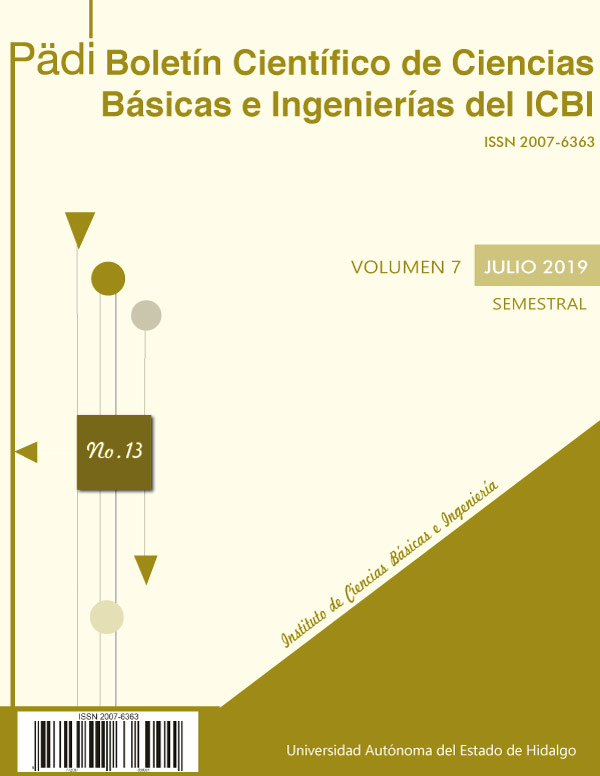Optimization of the diaphonization and staining technique of Piovesana (2014), applied to the fish Gymnocorymbus ternetzi
DOI:
https://doi.org/10.29057/icbi.v7i13.3424Keywords:
alizarin red, Diaphonization, Gymnocorymbus ternetziAbstract
The diaphonization technique consists in making the soft tissues of an organism transparent in order to observe the bone and cartilaginous tissues. Specific dyes are used for these purposes, mainly red alizarin for bone. There are no standardized protocols for each species, since it is generalized for large groups, being the group of fishes one of the least defined. In this article a protocol of the technique was developed for the nun fish (Gymnocorymbus ternetzi), there are included, the necessary chemicals, and the costs in Mexican pesos.
Downloads
Publication Facts
Reviewer profiles N/A
Author statements
Indexed in
- Academic society
- N/A
References
Burnett, A.R., & Thomson, R.H. 1968. Phytochemestry. 7, 1421.
Concha, I. 2006. Diafanizacion. Universidad Santo Tomas: Unidad de Anatomia veterinaria. Recuperado de www.anato.cl/global/9-tecanatomicas/diaf/9Agd0001.pp
Coronado C. 2014. Elaboración de material docente mediante la técnica de diafanización para la enseñanza de la morfogénesis ósea. Bgotá, Cundinamarca: Universidad nacional de Colombia.
Cortez-Delgado N, Pérez-Torres J, Hoyos JM. 2009. Staining procedure of cartilage and skeleton in adult bats and rodents. Int J Morphol: 27(4):1163-7.
Dawson A. A. 1926. Note on the staining of the skeleton of cleared specimens with Alizarin Red S. Biotechnology & Histochemistry; 1, 123-124.
Inouye M. 1976. Differential staining of cartilage and bone in fetal mouse skeleton by alcian blue and alizarin red. Congenit Anom (Kyoto). 16:171-3.
Kiernan, J.A. 1990. Histological and histochemical methods. Theory and practice. Kiernan, J.A. (ed.). Second edition. Pergamon Press: Oxford. 433 pp.
Mall, F. P. 1902. On ossification centers in human embryos less than one hundred days old. American Journal of Anatomy. 5, 435-458.
Mc Green. 1952. A rapid method for clearing and staining specimens for the demonstration of bone. Ohio Journal of Science. 52(1):31-3.
McLeod MJ. 1980. Differential staining of cartilage and bone in whole mount fetuses by Alcian blue and alizarin red S. Teratology. 22:299-301.
Piovesana, et al. 2014. Diafanización: Una técnica que permite la visualización diferencial de cartílago y hueso para el estudio del desarrollo y malformaciones en peces. Revista de la Sociedad Argentina de Histocenología, Vol. 25, 10:14 pp.
Randle AD. 1969. Automation of skeletal staining in the evaluation of teratogenicity. Laboratory Animals. 3:197-205.
Rivera-Cardona Guillermo. (2015). Técnica de diafanización con alizarina para el estudio del desarrollo óseo. Revista Colombiana Salud Libre, 10 (2), 109-115.
Taylor, W.R., Van Dyke, G.C. 1985. Revised procedures for staining and clearing small fishes and other vertebrates for bone and cartilage study. Cybium 9, 107-119.
Tilotta F, L. B.(2009. A study of the vascularization of the auricle by dissection and diaphanization. Surgical And Radiologic Anatomy 31:259–265.
Tipton PW, Burt ME. 1977. A method for mechanized staining of rat and mouse fetuses for teratological examination. Laboratory Animals. 11(4):265-7.
Villegas, A. C., Quiroga, M. D., & Cleves, D. 2012. Diafanizacion: visualización del desarrollo óseo en fetos. Recuperado de http://www.pdfio.com/k-3611418.html
Webb GN, Byrd RA.1994. Simultaneous differential staining of cartilage and bone in rodent fetuses: an Alcian blue and alizarin red S procedure without glacial acetic acid. Biotechnol Histochem. 69:181-5.
Whitaker J, Dix KM. 1979. Double staining technique for rat fetus skeletons in teratological studies. Lab Anim. 13:309-10.




















